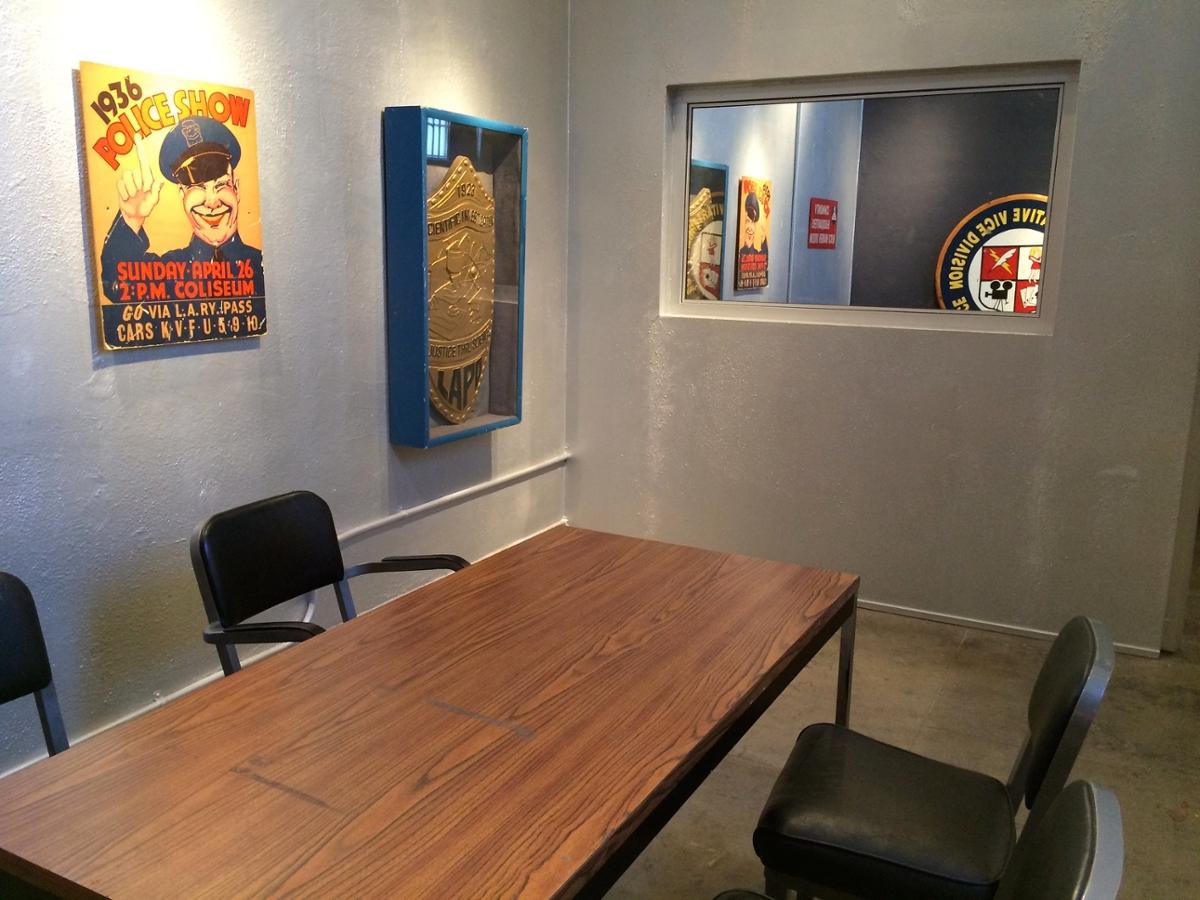D: Today's moment of science is inspired by the plethora of crime dramas on television these days. I will unveil the magic behind one-way glass.
Y: I've always wondered how that works.
D: The trick is simpler than you might think. Most mirrors are made by applying a thin layer of a reflective material, aluminum in most cases, to the back of a sheet of glass. This is called back silvering, and it makes the glass opaque. When we look in a mirror, our image is reflected by the aluminum, which is made more durable by its glass covering.
Y: So is one-way glass not fully silvered?
D: Exactamundo. The reflective material is applied less densely. This is called half-silvering. The effect is that the glass is not completely opaque like a traditional mirror. About half the light striking the glass passes through it, and the other half is reflected.
Y: Hmm. It seems like people on both sides would see the same thing: fractured images of both themselves and the people on the other side.
D: Now for the second trick to one-way glass: the lighting. The room the suspect is in is kept bright, so that the reflective quality of the glass prevails. The room on the other side of the glass is kept dark, so that instead of their reflections, the detectives see what is illuminated on the suspect's side of the glass: the suspect.
Y: What if the light were to be turned up on the detective's side?
D: Or turned down on the suspect's side? The magic would fizzle, and glass would become a window for both parties.









